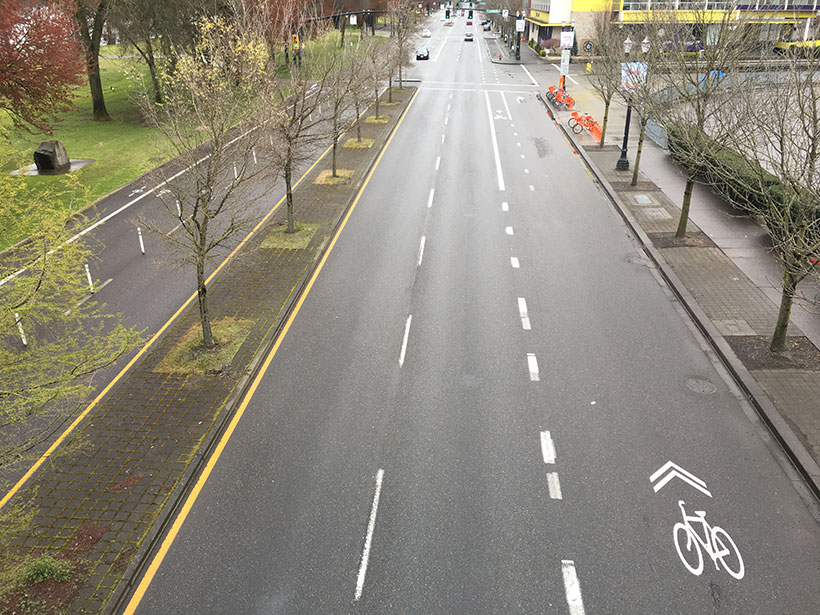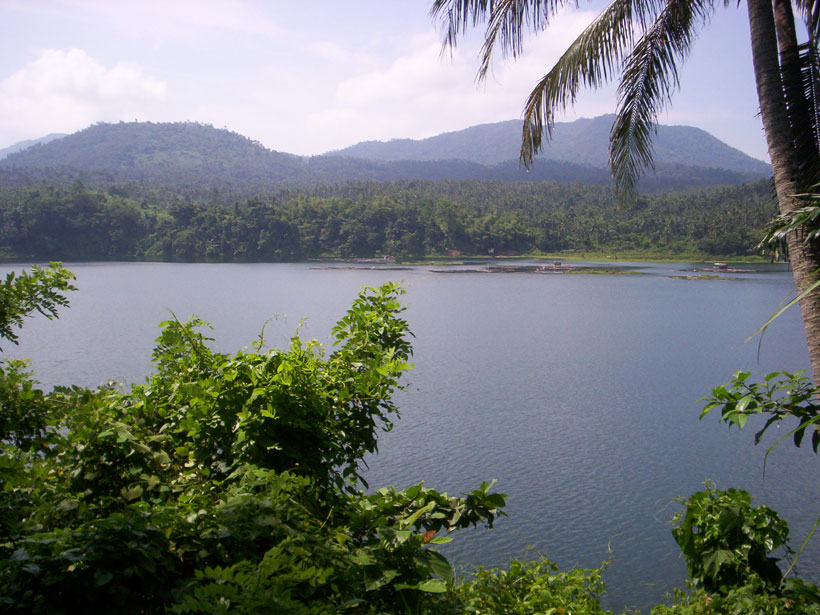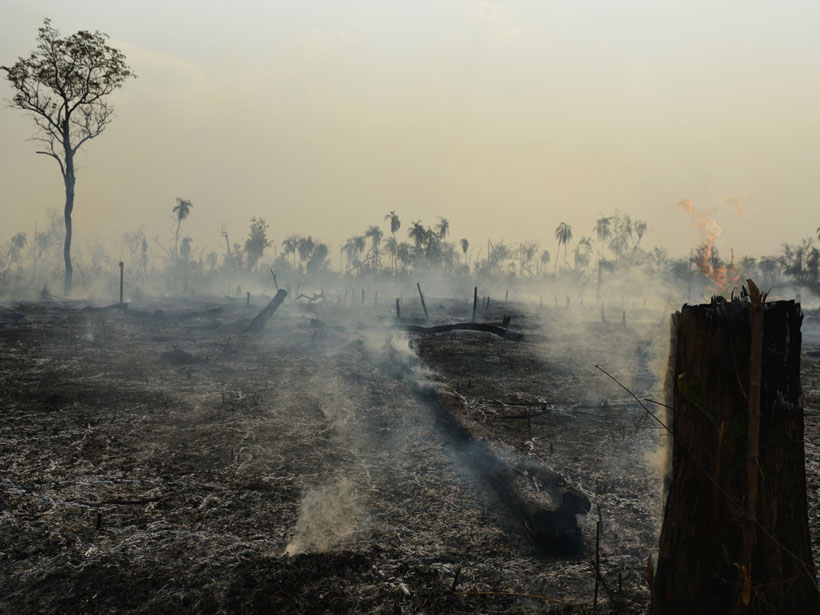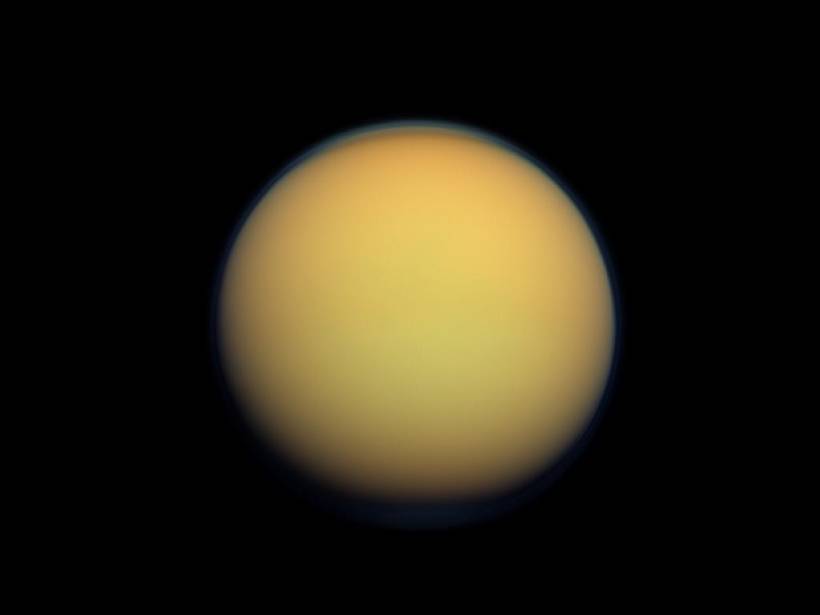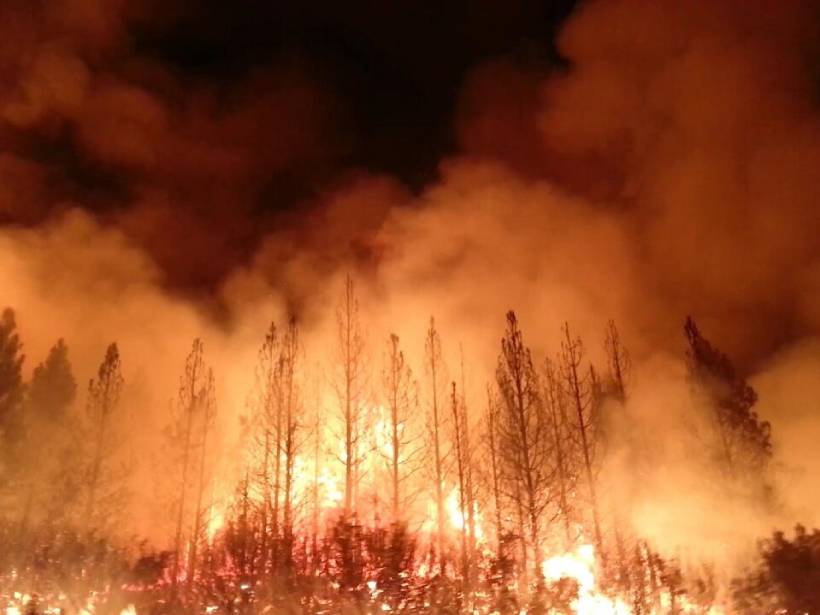Global emissions dropped markedly in 2020, due in large part to lockdowns that slowed economic and social activity, but the climate likely won’t be noticeably affected.
Kate Wheeling
Kate Wheeling is a freelance journalist based in Santa Barbara, Calif. She writes about the environment, climate change, energy, and our relationship with the natural world. She was previously a staff writer at Pacific Standard, covering both environmental and criminal justice. Her work has also appeared in Outside, The New Republic, Medium, and elsewhere. She has a master’s degree in science journalism and a bachelor’s in behavioral neuroscience.
Tropical Lakes May Emit More Methane
Fresh waters are one of the primary sources of natural methane emissions, but methane dynamics in tropical lakes are not as well understood as those in more temperate regions.
The Rain Forest Can Recover After Fire, but It’s Not the Same
New research finds that temperatures rise in the Amazon rain forest after a fire, even in areas that are not converted to agricultural land or pastures.
拉丁美洲环境观测网络的缺口
尽管拉丁美洲对全球碳和水循环具有显著影响,但其在FLUXNET站点中所占的比例相对较小,这限制了该观测网络在该地区的代表性。
A Space Hurricane Spotted Above the Polar Cap
Researchers have identified a high-latitude phenomenon that looks remarkably like a tropospheric hurricane, with spinning arms of plasma and a shower of electrons.
The Gaps in Environmental Networks Across Latin America
Despite its notable influence on global carbon and water cycles, Latin America accounts for a relatively small share of FLUXNET sites, which limits the representativeness of the network in the region.
A Window into the Weather on Titan
Cassini’s final flybys of Saturn’s largest moon may have captured a temperature drop due to rainfall, one of the first observations of weather changes on Titan.
The First Angstrom-Scale View of Weathering
Researchers observe how water vapor and liquid alter sedimentary rocks through physical and chemical processes.
Insights from the Depths of Hawaii’s Kīlauea Volcano
One of the world’s best monitored and most active volcanos still has secrets to yield, and researchers are turning to vapor bubbles trapped in melt inclusions to find them.

